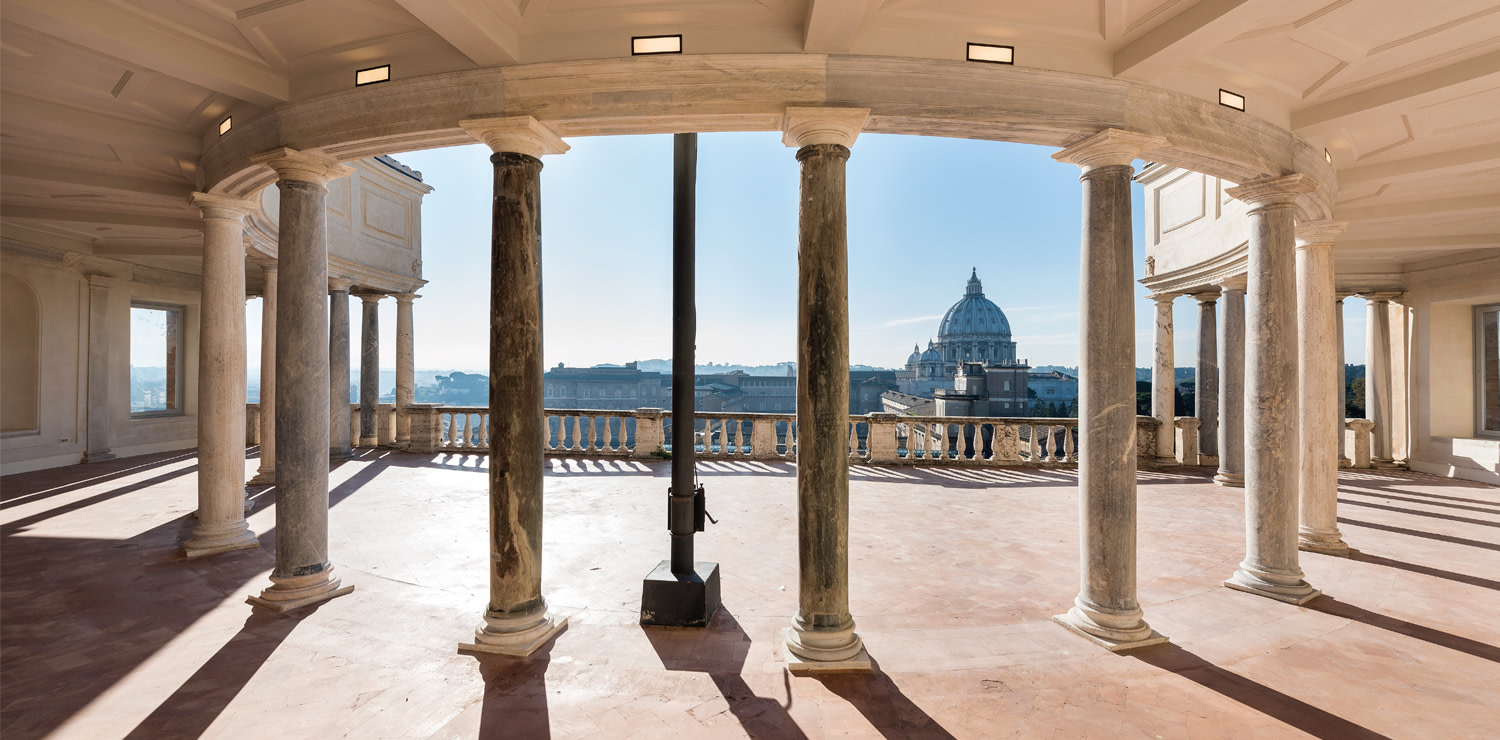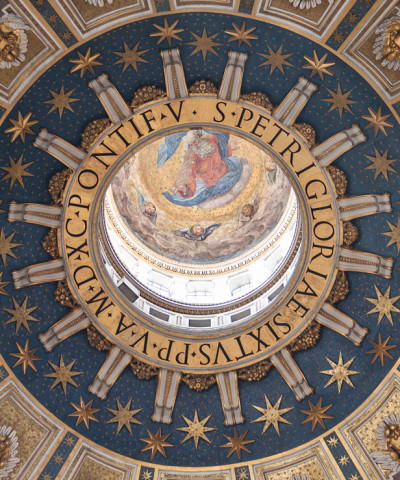Everything you need to know about the Vatican Museums
Interview with Barbara Jatta, Director of the Vatican Museums
It’s a factory of wonder: 760 people - almost 1,000 counting external staff - who operate one of the world’s most important museums, a magnificent series of different collections and unique masterpieces. At the helm of all this is Barbara Jatta, previously assistant director to Antonio Paolucci and since 2017 Director of the Vatican Museums. Her words paint a vivid portrait of a vibrant and constantly-changing place in which belonging is an important driver.
The Vatican Museums contain some extraordinary collections, but also have a message for the whole of humanity. Can you tell us about it?
Unlike many of the world’s great museums, the Vatican Museums have always been a vehicle for art, but also for faith. The beauty preserved here is a deeply Christian message, on behalf of the succession of popes and cardinals, and one which brings us closer to our history and our religion. I’m thinking of the sections which by their very nature are more focused on Christianity - the Pio Cristiano Museum, the Raphael Rooms - but it’s a common thread which runs through the entire 7-kilometre route. A concentration of art which today, with limited numbers and fewer tourists, is more tangible than ever.
Tradition and innovation: how do the Vatican Museums reconcile the two?
There’s an important balance between the two: undoubtedly innovation is a major tool for conveying tradition. Our website is dynamic and packed with content. We have social media channels which interact with our followers, for example by rewarding the best photos each week, or by posting micro-videos to explain our masterpieces. It’s an overarching task that we carry out on a daily basis, and it increased during the lockdown. I won’t say it’s not exhausting, but we’re attracting many young people, and our efforts are repaid immediately.
What did the discovery of Raphael’s final paintings mean to you?
We opened on 1 June… I arrived when the restoration had just begun, four years ago, so I feel it’s very much my baby. The restoration was done by the in-house Vatican Museums Laboratory of Restoration and Painting, which has a longstanding and prestigious reputation worldwide. I say it feels like my project because I was involved at every stage, from simply cleaning the walls and returning the great scene of the Battle of Constantine by Raphael’s pupils to its original state - a scene that’s so important in our Christian history - to the extraordinary discovery of the two figures painted by Raphael himself in the final years of his life. Such an exciting find, which was gradually unearthed.
So where in the Museum does Barbara go to recharge her batteries?
The Terrace of the Niche, my favourite place.
The Octagonal Courtyard is a very special place. What’s your view?
I’d say the Courtyard is the heart of the museum. We joke that without Pope Julius II - the first to fill it with an extraordinary collection of ancient sculptures, in an attempt to bring the Rome of the Caesars back to life in the Rome of the Popes - the Vatican Museums wouldn’t exist. It’s a key place, and subject to controversy about whether it should be closed or not. It’s something I’ve been thinking about ever since my appointment, particularly in terms of the preservation of the statues installed there. For example, we now have Apollo in the process of being restored, because the latest earth tremors damaged the ankles of the statue, but this kind of thing happens frequently… Every statue is monitored with micro-sensors, but that’s not always enough.
How do you see the future of the Museum?
We have to seize this opportunity, the extra space and time provided by this moment, to turn it into a resource and a period of discovery and research into new perspectives.
Of course I’m also worried, because both the Vatican Museums and the city itself need tourism and visitors. But I want to think positively.
Do you have strong ties to Rome, with all its wonders and its flaws?
In my work I deal with cartography, so I know Rome as it is now and as it was in the past. I love it very much. Wonders and flaws? It has plenty of both. It’s truly an eternal city, enormous but also sophisticated. One flaw: it’s chaotic. Although these days it has a more human side.
A small personal journey in the city?
The Appia Antica, where I live, near the tomb of Cecilia Metella and the church of San Sebastiano. They’re magical places, second only to the Vatican Museums.










